modernism, psychoanalysis, and autobiography
Katherine Mansfield – Critical Essays is a collection of conference papers given to celebrate the one hundredth anniversary of Katherine Mansfield’s arrival in London from New Zealand in 1908, and the start of her career as a writer. They are arranged in groups dealing with biographical readings, modernism, psychoanalytic interpretations, and autobiography. Biographist Vincent O’Sullivan attempts to explain why Mansfield was so impressed by the mystics Gurdjieff and Ouspensky, and so influenced by Lewis Wallace’s Cosmic Anatomy – but his comments tell us more about the details of her last years than they do about the nature or the quality of her writing. Another essay does something similar by tracing her relationship with John Middleton Murry and the use they made of fragments of biography in the fictions they both produced.
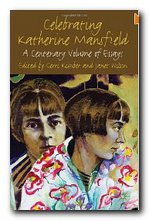 Some essays go into endless detail blurring the boundaries between biography and fiction, ignoring the distinctions which should be made between the two. On the whole, they end up by saying very little of value about either. Considering that most of the authors are senior academics, it’s amazing that so little effort is made to be rigorous about these matters – though I suppose it proves the powerful attraction that biographical ‘evidence’ still exerts on critics, even though they might profess themselves post-modern.
Some essays go into endless detail blurring the boundaries between biography and fiction, ignoring the distinctions which should be made between the two. On the whole, they end up by saying very little of value about either. Considering that most of the authors are senior academics, it’s amazing that so little effort is made to be rigorous about these matters – though I suppose it proves the powerful attraction that biographical ‘evidence’ still exerts on critics, even though they might profess themselves post-modern.
Sarah Sandley is on much firmer grounds looking at Mansfield’s fondness for the cinema, and even tracing the films she was likely to have seen. She then offers fairly clear evidence from the texts to argue that she used filmic techniques in her approach to narrative.
As an aside, it is interesting to note how many of these essays revert to consideration of the same story – ‘Je ne parle pas francais’ – which anybody embarking on this volume would do well to re-read before looking at the separate studies.
There’s a brave contribution that tries to establish links between Mansfield’s writing and her interest in music. She was an accomplished cellist, and it’s true that her compositions often have a conscious structure which can be likened to a musical form. But the convincing evidence is never produced. Mansfield writes about music and has characters who are musicians – but that’s all. It’s only possible to say that one artistic form may be likened to another. Any more than that is rather like Goethe saying ‘Architecture is frozen music’: it’s a striking phrase, but it doesn’t yield analytic insights or go anywhere.
A section of psychoanalytic readings is the signal for an intensification of theoretical jargon and fashionable name-dropping – but most of the contributions remain unconvincing.
Fortunately, the last group of essays dealing with the relationship between autobiography and fiction are on much stronger ground. Mansfield left a substantial account of her life and feelings behind in her journals, letters, and notebooks, never concealing the fact that many of her stories were based on episodes from her own life.
Janet Wilson has an interesting piece which looks at Mansfield’s conflicted feelings over her status as a colonial settler and the sympathies for natives she felt – particularly in her erotic relationship with her friend, the half-Maori girl Martha Grace Mahupuku.
Angela Smith makes an insightful and largely persuasive case for Mansfield’s appreciation of Charles Dickens – a taste she held at a time when Dickens was considered passé in most literary circles.
There’s an article by Anna Jackson on the ‘poetics’ of the notebooks and letters, and the collection ends with an essay by the Mansfield scholar and novelist C.K. Stead recounting the difficulty of establishing properly edited texts of her work.
These later pieces seem to rescue the collection from the blight of literary criticism in its current manifestation as a mechanism for generating career-enhancing fodder for the next round of the Research Assessment Exercise.
© Roy Johnson 2011
Gerri Kimber and Janet Wilson (eds), Celebrating Katherine Mansfield: A Centenary Volume of Essays, Hampshire: Palgrave Macmillan, 2010, pp.241, ISBN: 023027773X
More on Katherine Mansfield
Twentieth century literature
More on the Bloomsbury Group
More on short stories
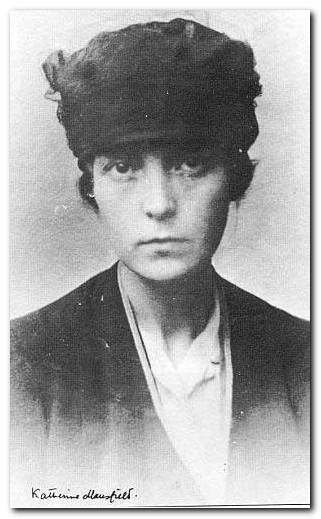


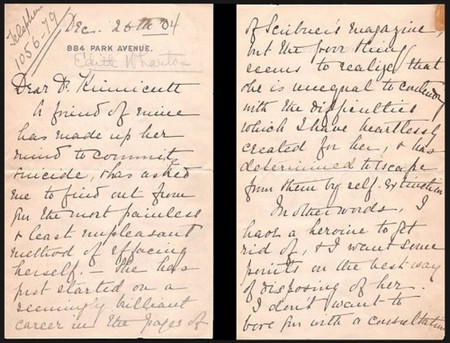
 The Custom of the Country
The Custom of the Country The House of Mirth
The House of Mirth

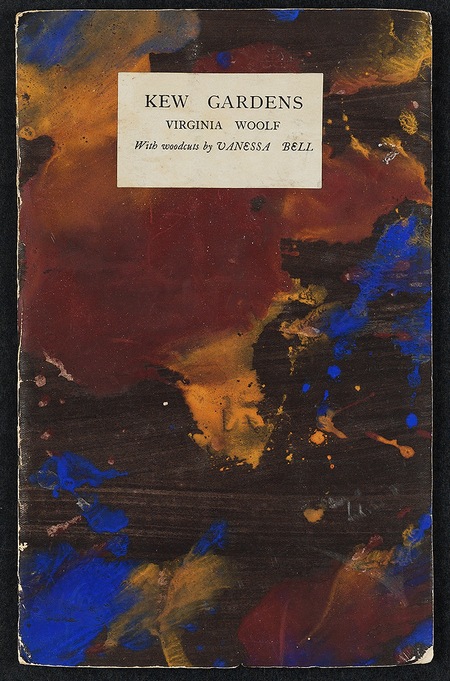
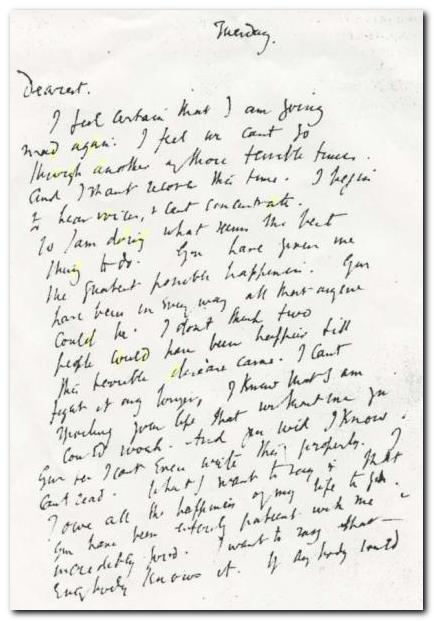
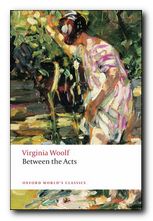 Between the Acts
Between the Acts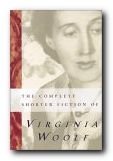 The Complete Shorter Fiction
The Complete Shorter Fiction Virginia Woolf
Virginia Woolf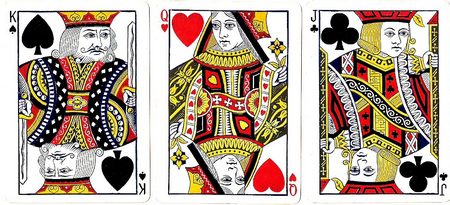
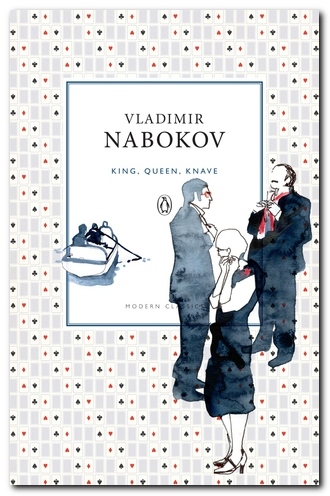

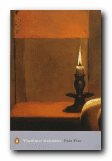 Pale Fire
Pale Fire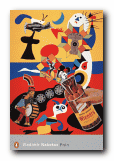 Pnin
Pnin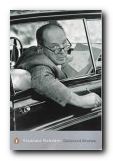 Collected Stories
Collected Stories

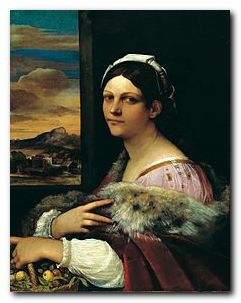
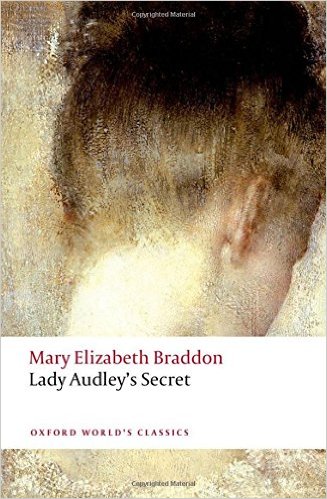
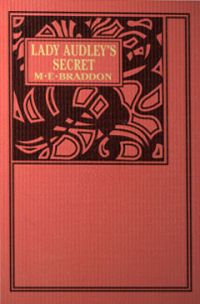
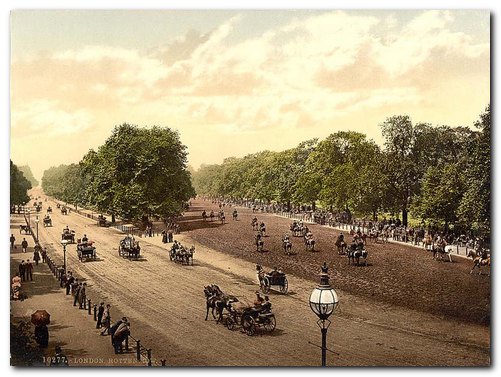


 Washington Square
Washington Square The Aspern Papers
The Aspern Papers The Spoils of Poynton
The Spoils of Poynton
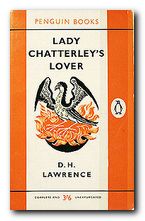 He reverted to an old-fashioned strategy for publication and raised money by subscriptions, comissioning a Florentine bookseller named Guiseppe Orioli to print the book in his Tipografia Giuntina using Lawrence’s own capital. The 1,000 copies of this first edition printed in July 1928 were sold through Lawrence’s close personal friends. At only two pounds, the book sold quickly, so that by December, this first version was completely sold out. In November, he published another cheaper edition of 200 copies which sold just as quickly as the first.
He reverted to an old-fashioned strategy for publication and raised money by subscriptions, comissioning a Florentine bookseller named Guiseppe Orioli to print the book in his Tipografia Giuntina using Lawrence’s own capital. The 1,000 copies of this first edition printed in July 1928 were sold through Lawrence’s close personal friends. At only two pounds, the book sold quickly, so that by December, this first version was completely sold out. In November, he published another cheaper edition of 200 copies which sold just as quickly as the first.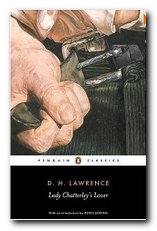 Connie longs for real human contact, and falls into despair, as all men seem scared of true feelings and true passion. There is a growing distance between Connie and Clifford, who has retreated into the meaningless pursuit of success in his writing and in his obsession with coal-mining, and towards whom Connie feels a deep physical aversion. A nurse, Mrs. Bolton, is hired to take care of the handicapped Clifford so that Connie can be more independent, and Clifford falls into a deep dependence on the nurse, his manhood fading into an infantile reliance on her services.
Connie longs for real human contact, and falls into despair, as all men seem scared of true feelings and true passion. There is a growing distance between Connie and Clifford, who has retreated into the meaningless pursuit of success in his writing and in his obsession with coal-mining, and towards whom Connie feels a deep physical aversion. A nurse, Mrs. Bolton, is hired to take care of the handicapped Clifford so that Connie can be more independent, and Clifford falls into a deep dependence on the nurse, his manhood fading into an infantile reliance on her services.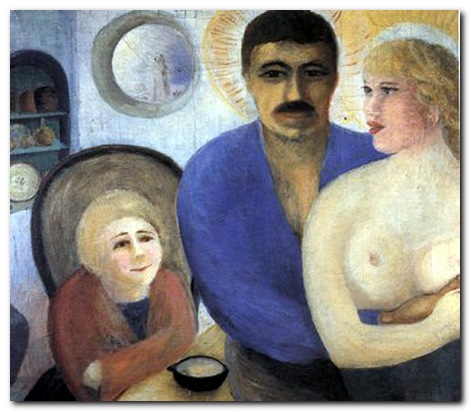
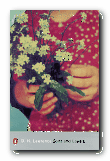 Sons and Lovers
Sons and Lovers Women in Love
Women in Love